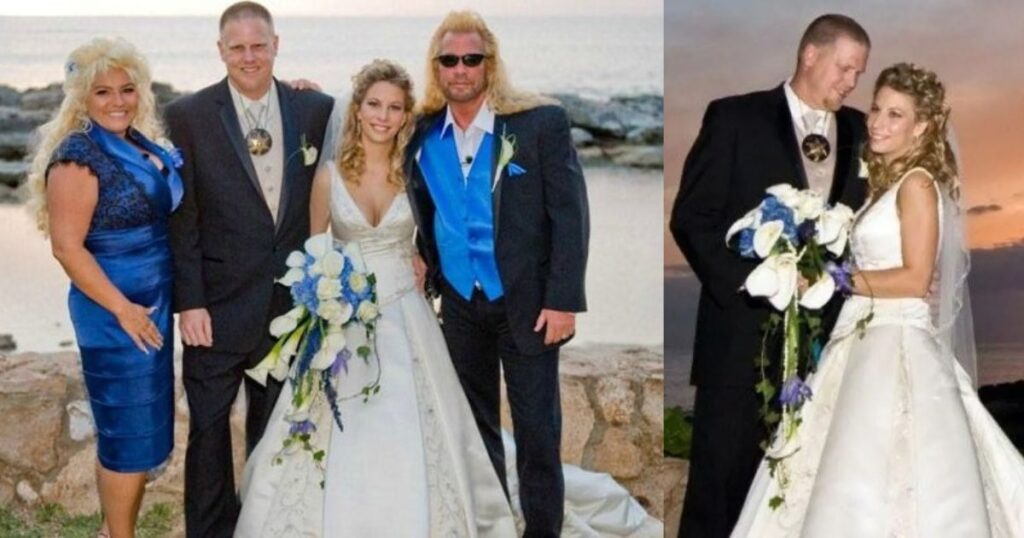Connie Francis was more than a chart-topping singer. She was a cultural icon who carried pop music through the late 1950s and early 60s, broke industry barriers, and lived through personal battles that shaped her as much as her records did. At the time of her death on July 16, 2025, Connie Francis had a net worth of $25 million, the result of decades of hard-earned success through music, film, and international performances.
Childhood Roots in New Jersey
Born Concetta Rosa Maria Franconero on December 12, 1937, Connie grew up in Newark, New Jersey. Her family was Italian-American, and her father George played a major part in her musical upbringing. When Connie was just three, he gave her an accordion. By four, she was already performing in public. Throughout her childhood and teenage years, she appeared on TV talent shows and radio programs, showing early signs of stardom.
It was a producer from the Arthur Godfrey Talent Scouts who encouraged her to shorten her name for wider appeal. That’s when Connie Franconero became Connie Francis, a name the world would never forget.
Early Struggles and the Big Break
Success didn’t come right away. Connie signed with MGM Records and released ten singles, all of which failed to make a splash. She considered quitting music to attend college with a scholarship. But her father insisted she give it one more try. That led to the recording of “Who’s Sorry Now?”—a song she didn’t care much for.
When the track aired on American Bandstand in January 1958, it caught fire. It quickly climbed the charts and sold over a million copies. Just like that, her career took off.
Chart-Topping Years
Between 1958 and 1964, Connie Francis ruled the American pop charts. She had 35 songs land in the Top 40, including hits like “Stupid Cupid,” “My Heart Has a Mind of Its Own,” “Lipstick on Your Collar,” and “Don’t Break the Heart That Loves You.”
She became the first female artist to reach No. 1 on the Billboard Hot 100 with “Everybody’s Somebody’s Fool” in 1960. Her music had a universal appeal, blending catchy melodies with heartfelt lyrics that crossed generations.
Connie also recorded in multiple languages and built strong fan bases in Germany, Italy, and Latin America. Albums like Connie Francis Sings Italian Favorites and Jewish Favorites showcased her range and respect for cultural traditions.
Hollywood and World Tours
In 1960, Connie stepped into acting with Where the Boys Are. Though she didn’t love being in front of the camera, the film became a youth culture classic. She followed it with more movie roles like Looking for Love and When the Boys Meet the Girls.
While acting never became her main focus, it added to her global visibility. She continued performing live across the United States and abroad, appearing on TV specials and in Las Vegas clubs.
Personal Setbacks and Heartbreak
The 1960s brought a series of challenges. The British Invasion pushed her off the top of the charts. In 1967, she had nasal surgery that made singing in cold or air-conditioned places painful. Later surgeries left her temporarily unable to sing.
Worse came in 1974 when Connie was raped at knifepoint in a New York motel after a concert. The trauma pushed her into a long period of withdrawal, legal battles, and mental health issues. She eventually won a $2.5 million lawsuit against the motel, but the emotional scars ran deep.
She spent time in psychiatric care during the late 1970s and early 80s while recovering. Then in 1981, another blow came when her brother George Jr. was murdered in a suspected Mafia-related shooting.
Powerful Comeback and Legacy
Despite everything, Connie returned to music in the early 80s. Her comeback performance at the Westbury Music Fair was a powerful symbol of survival. It was the same venue where she had been attacked years earlier.
She recorded new albums like I’m Me Again and With Love to Buddy and started performing in Vegas and Atlantic City again. Her voice had matured, but the emotional depth was still there.
She officially retired from performing in 2018 but stayed connected with fans through social media and interviews. In 2017, she released Among My Souvenirs, a second memoir that reflected on her turbulent but remarkable journey.
Relationships and Regret
Connie was married four times, though none of the marriages lasted. Her longest bond was with Joseph Garzilli, with whom she adopted a son named Joey.
The great romantic regret of her life was Bobby Darin. The two had a deep early relationship, but her father disapproved and drove him away. Connie later said she never fully got over that breakup.
Real Estate and Wealth
In 1997, Connie purchased a home in Parkland, Florida, for $444,000. She lived there until her death in 2025. That home became her sanctuary in later years.
Her estimated net worth at the time of her death was $25 million. That wealth came not only from her peak success but also from ongoing royalties, licensing deals, and smart financial management. She continued to earn income from platforms like Spotify, film licensing, and compilation albums.
New Generation Discovering Her Work
In 2025, Connie’s music unexpectedly went viral when the song “Pretty Little Baby” caught on via TikTok. The clip was used in a series of nostalgic-themed videos, introducing her to younger listeners.
This surge reminded the world that Connie Francis’s voice still had a place, even in the streaming age.
Final Thoughts
Connie Francis lived a life full of extreme highs and difficult lows. She broke records, faced trauma, reinvented herself, and never lost her love for music. Through language, voice, and soul, she spoke to people across borders and generations.
Her death in July 2025 marked the end of an era, but her voice will continue to echo wherever classic pop is played. Connie Francis wasn’t just a singer. She was a survivor, a pioneer, and a voice that never lost its power.



/2025/07/Julia-Benson2.png)





